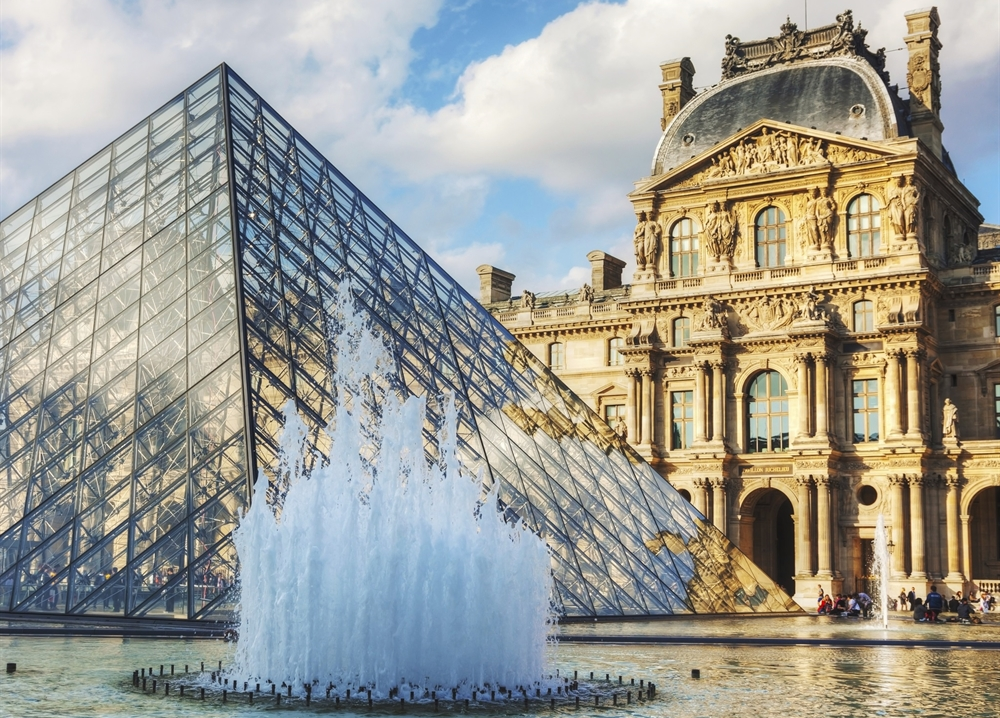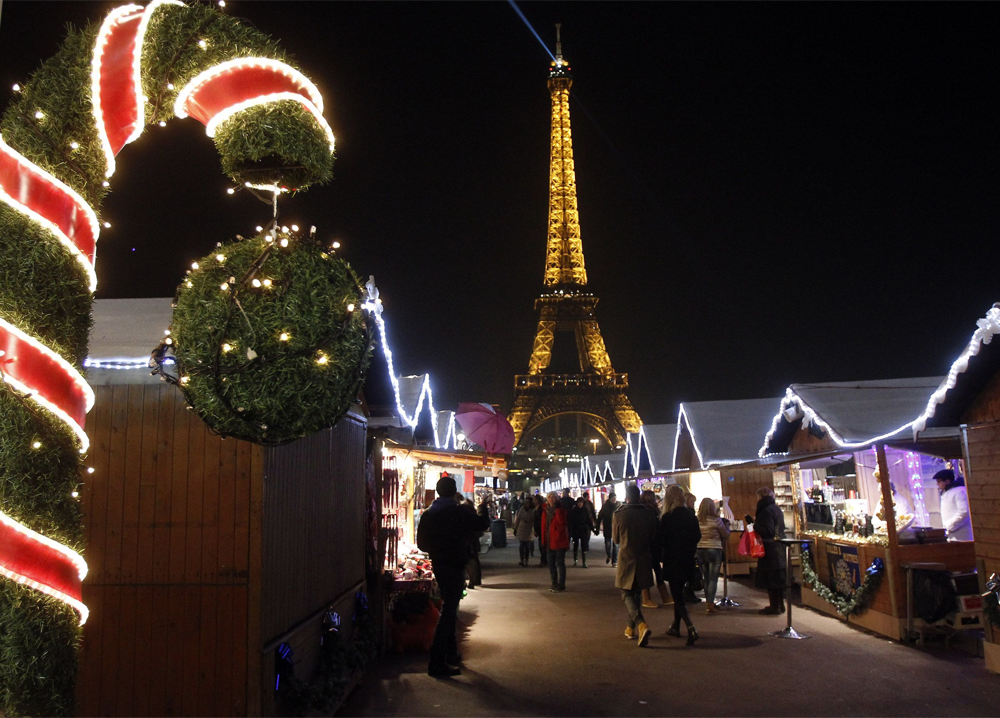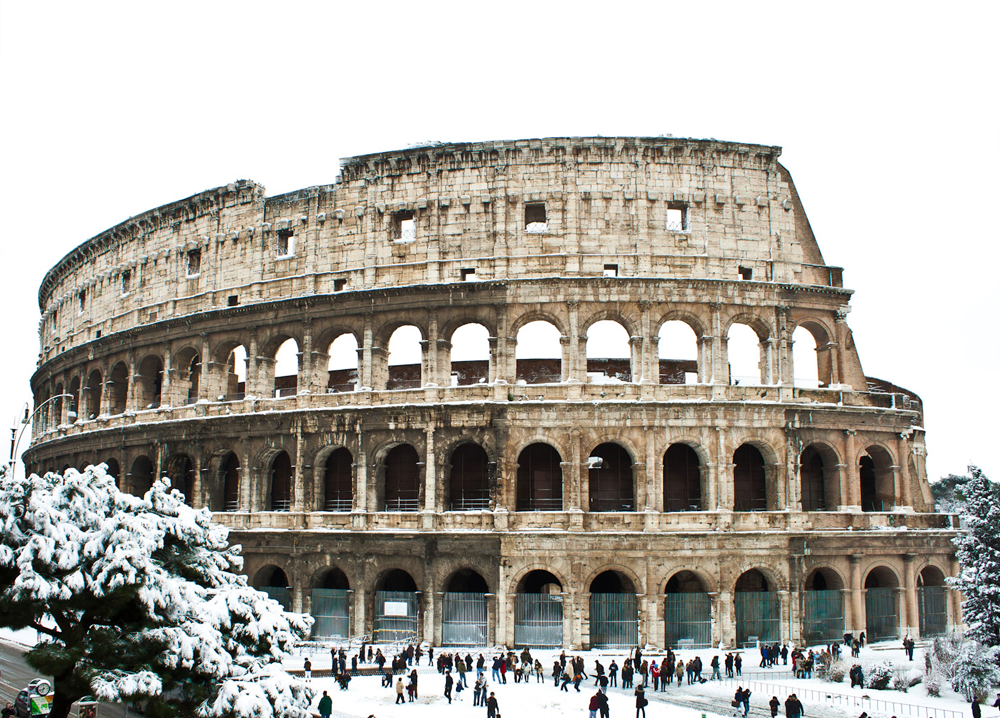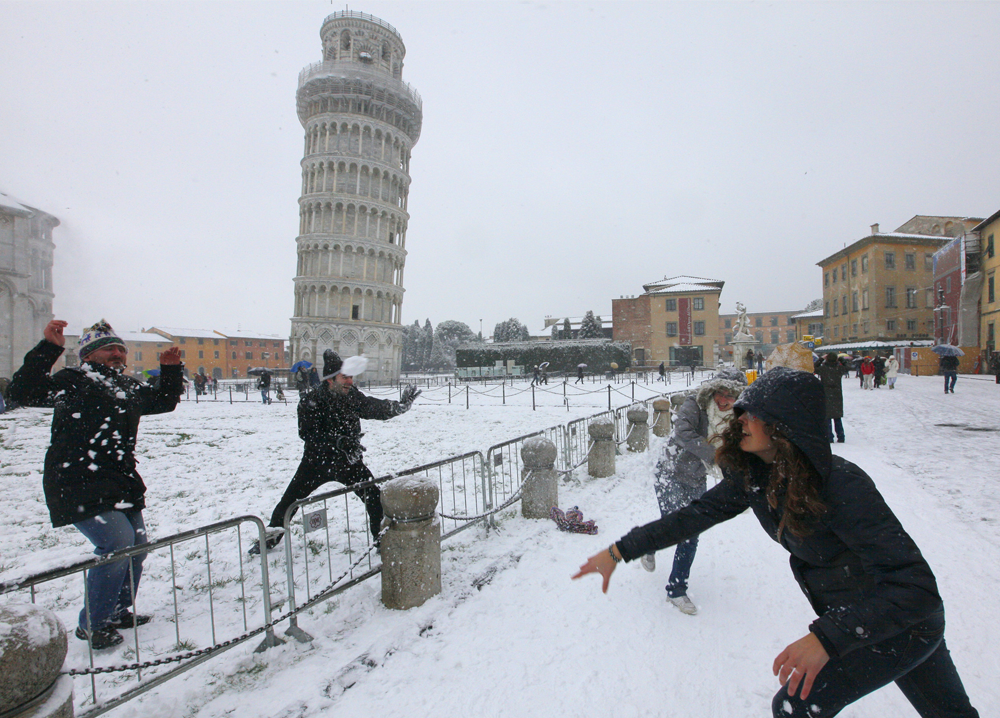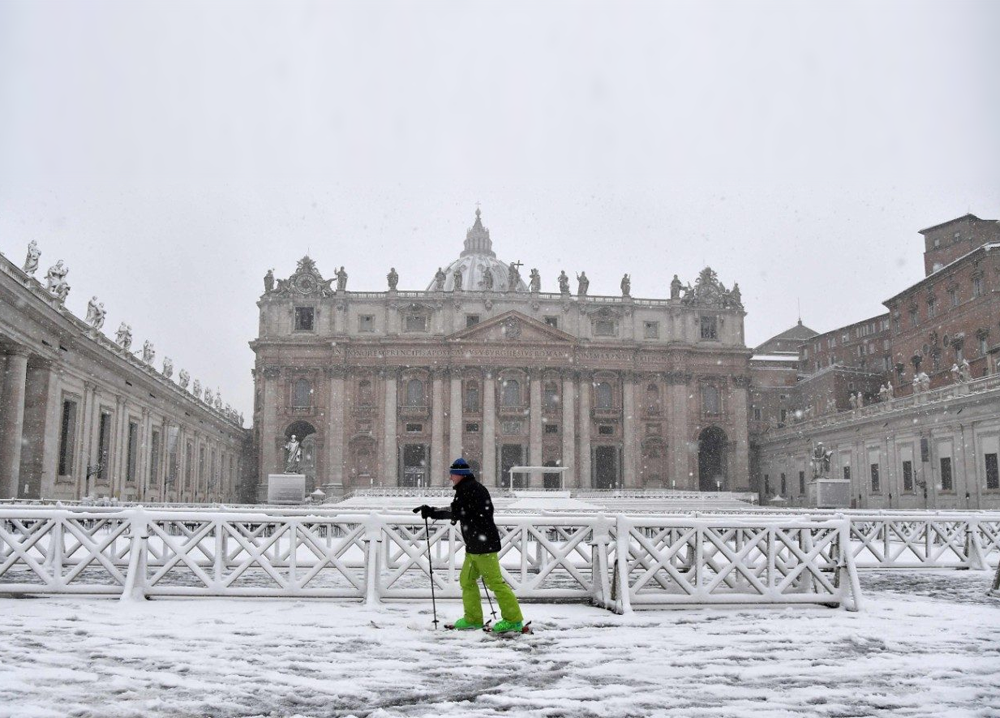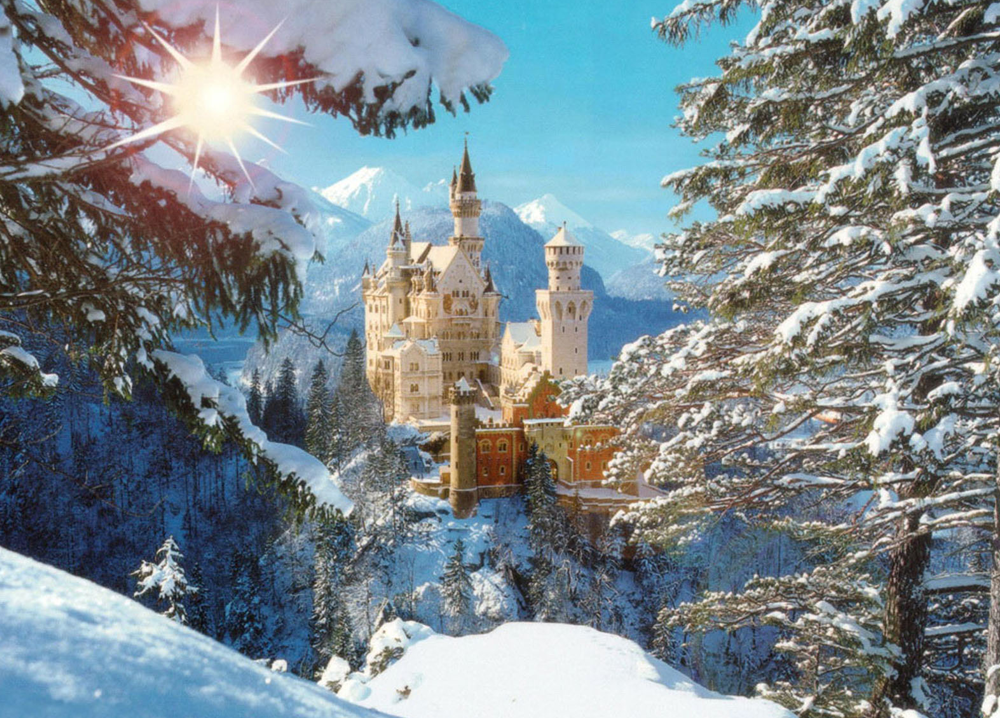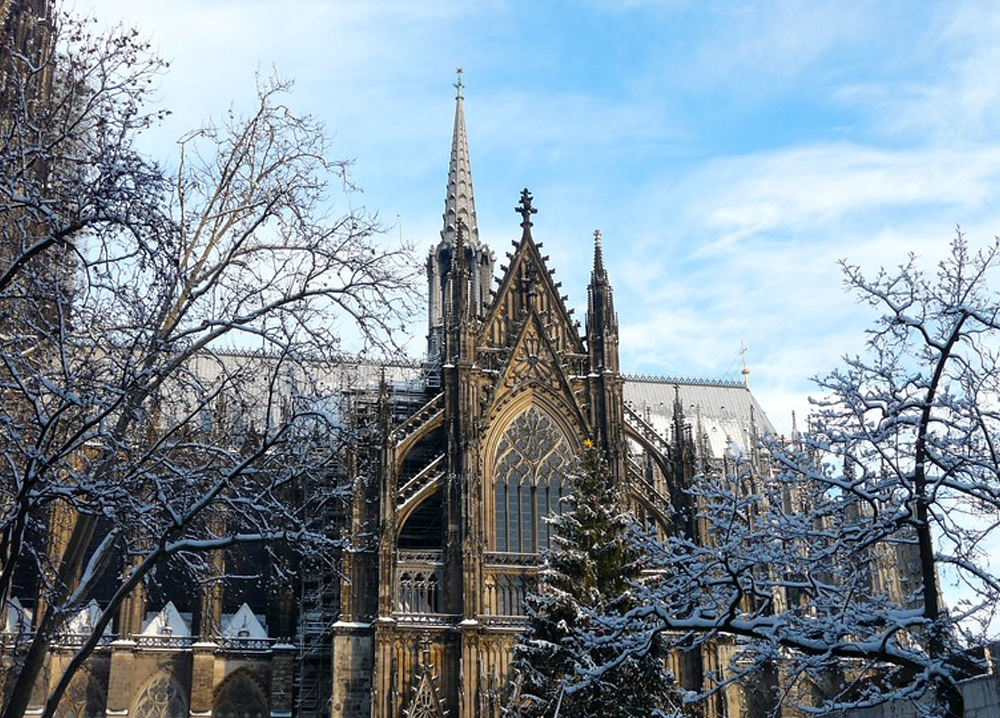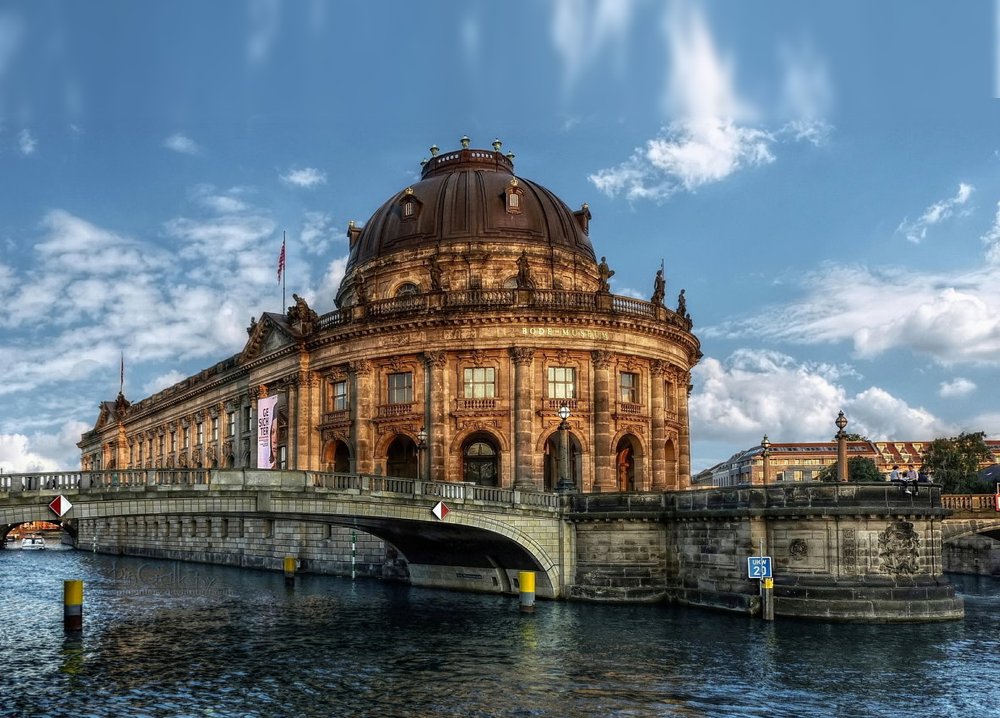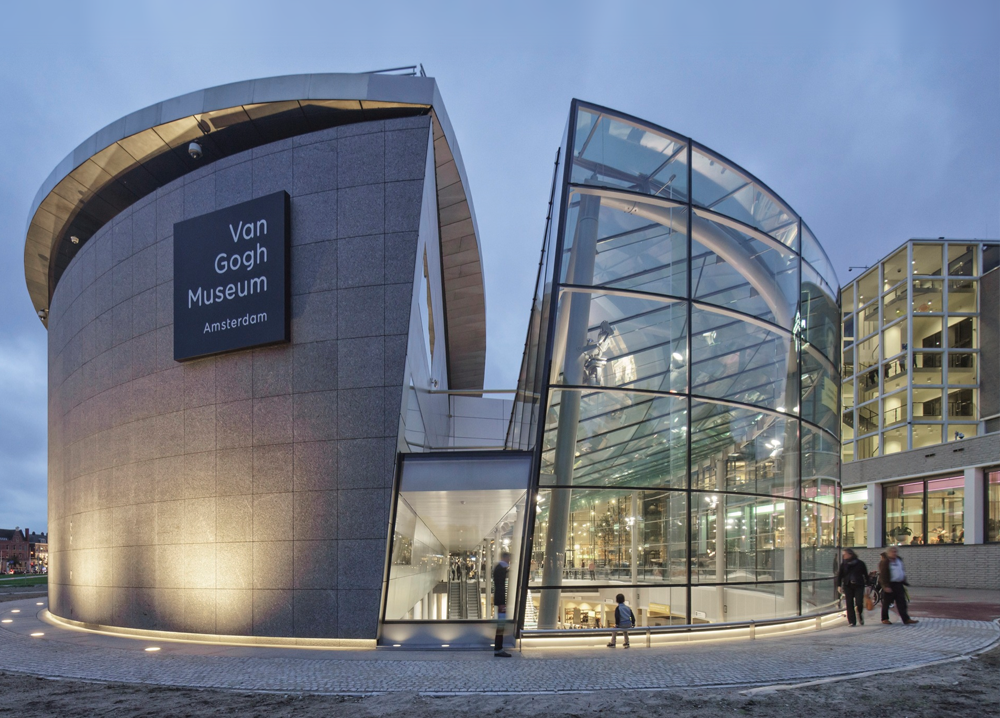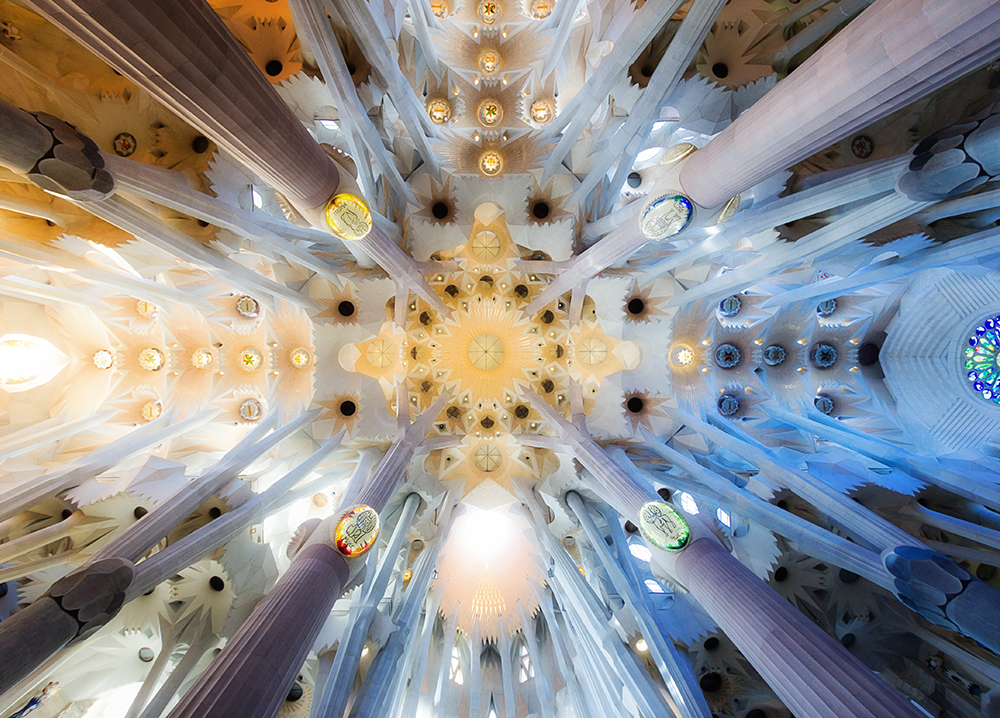How to Visit Europe Without Crowds
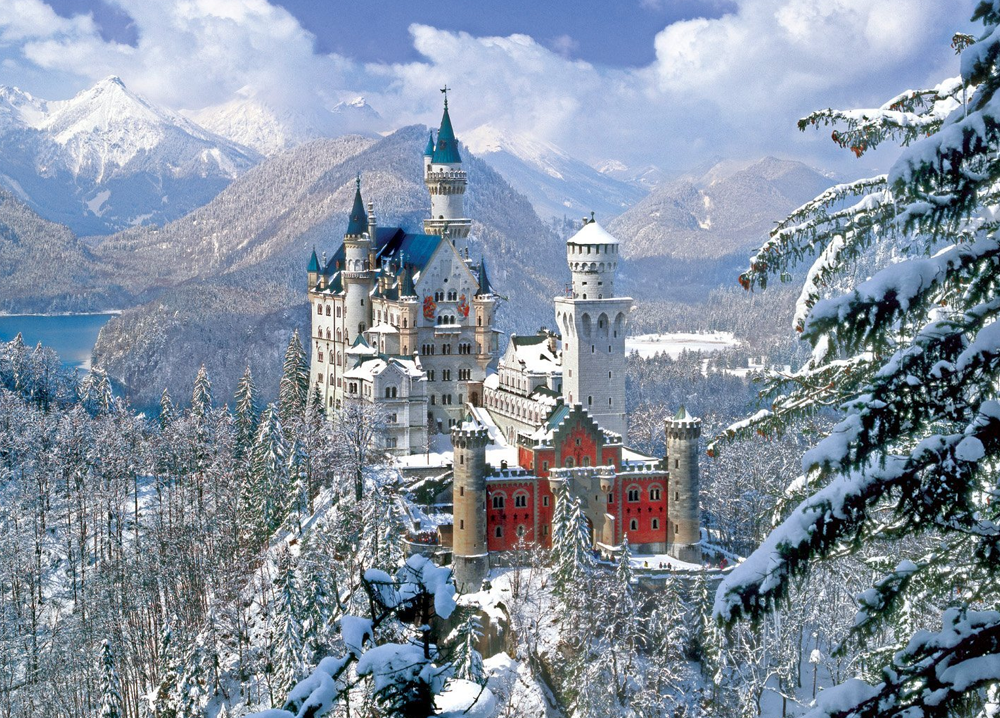
If you’re anything like our team here at Europe Holidays, you’re always coming up with strategies to shortcut queues.
Weather it’s catching the ferry to work so ou aren’t sitting in traffic or pre-ordering coffee with your phone there are occasionally ways to beat the system. And if we can do this in day to day life, why not try it on a holiday?
We’ve all heard infamous stories about overcrowding at popular destinations in the height of summer so our tip is to try a cool change. If you’re ok to trade flowers and heat for not having to line up or get somewhere at the crack of dawn then visiting Europe in the “off season” may be right up your alley…! Having ‘been there, done that’ in all seasons, below are our top ideas for visiting Europe away from summer.
Have you ever tried to decode the Mona Lisa’s smile while 200 selfie sticks continually block your view or hit you on the head? It’s definitely happened to us a few times! There are often long lines in summer at the popular attractions but visit in late Autumn, Winter and even early spring and it can be a much different experience. Members of our team visited Paris in early January and hardly had to line up at all which has the added flow-on effect of being able to see and do much more. Sure it can be cold but remember, many of Europe’s best attractions like the Louve with its Mona Lisa are indoors. And when you need a break there’s nothing like escaping to a beautiful cafe for some comfort food and people watching!
In our view, winter is a perfect time for museums, theatres and exhibitions. Great indoor experiences, like the Louvre, Moulin Rouge, Van Gogh Museum, Cologne Cathedral and Vatican are best explored at your own pace with no crowds pushing from the back.
Here are our top tips on winter sights in Europe without the crowds:
Winter in France: Louvre, Moulin Rouge, Eiffel Tower
In fact, winter also brings exclusive exhibitions to the Louvre, including Leonardo da Vinci, Italian sculptures from Donatello to Michelangelo and The Baron of Campana and his collection.
After an amazing day of discoveries at the Louvre, the Moulin Rouge is the cherry on top of the cake, with smaller crowds and fewer people vying for the best seats at the dinner and the show.
Moreover, winters are very special here at the Moulin Rouge. On stage, in the kitchen and the restaurant… Everywhere, the Moulin Rouge throws itself wholeheartedly into preparing your perfect evening! Check out their winter menu and see if you can resist booking your French holiday now. We do still recommend booking ahead though so speak to our team who can help.
The Eiffel Tower in winter isn’t only the most romantic sight in Europe but also the least crowded spot in the city – and your panoramic view won’t require later trying to photoshop out 500 people!
The French are masters of wine-making, and so it’s little surprise that Paris falls in love with the taste of vin chaud (hot wine) each winter, seasoned with a delicious kick of mulling spices. If you’re seeking an alternative to the alcoholic vin chaud, winter in Paris is also the season for hot chocolate.
Mmmm this is the French winter we love!
Winter in Italy: the Colosseum, Pisa and Vatican
Winter is also a terrific time to opt for activities that wouldn’t normally have availability such as Vatican VIP Tours (with private access to the Sistine Chapel after it closes!) which books up months in advance during the summer. You’d also be surprised by how well the Roman Catacombs hold their temperature. Cool during the summer and warm in winter, these underground tunnels are the perfect way to spend a cold afternoon.
Unlike peak season, visiting Pisa in December is a lot more enjoyable – no queues, hawkers or hassle!
Also Italy has many places for winter sports and skiing, including the Piedmont venues used in the 2006 Winter Olympics, the Alps and Dolomites, and Mt. Etna in Sicily. Moreover, many saints’ days are celebrated during winter with Wild Boar Festival, Saint Barbara Day, Soul Christmas and many more in December, the Feast Day of San Sebastiano, Italy’s Mardi Gras called Carnevale and Trasimeno Blues Festival in January and a lot more happening through winter and spring.
If you are lining up events to coordinate with your holidays, give our team a call on 1800 242 353 – we’ll be happy to assist.
Germany: Neuschwanstein Castle, Cologne and Museum Island
Apart from the New Year’s Run and Fashion Week in Berlin, Bavarian Sledding Championship and Sylt Gourmet Festival, Germany’s iconic sights Neuschwanstein Castle and Cologne Cathedral and The Museum Island are all yours just enough people for atmosphere but not enough to get in your way!
Cologne is the fourth largest city in Germany. It has a rich history and many sights and stories that warrant a visit. In December, Cologne’s main squares are swathed in twinkly lights and bellies are full of Glühwein – it is undeniably magical.
You can roam freely and explore the Cologne Cathedral, take photos inside and rest. Although the entry is free, for a small entrance fee climb one of the two towers (although not for the faint of heart, since the steps are very steep).
When the weather is a cooler you can hide away amongst the six thousand years of culture and history at the Museum Island – a panorama stretching from the Ancient Egyptians and the civilisations of the ancient Near East to Greek and
Roman Antiquity and the Christian and Islamic art of the Middle Ages to European art of the 19th Century.
And of course, Germany is ideal for adventurous winter activities like hiking. Located just south of Garmisch-Partenkirchen, in Bavaria, Zugspitze is Germany’s highest mountain peak, standing 2,962 metres (9,718 feet) above sea level. The view here is mind blowing!
If you’re If you’re seriously into your extreme winter sports, Baiersbronn in the Black Forest is for you. There are gorgeous trails for cross-country skiing and winter hiking – very popular in the active community.
The Netherlands: Van Gogh Museum, Anne Frank House and Rijksmuseum
Anne Frank House is a small but extremely popular sight in Amsterdam – the summer queue can get really long. In cooler months, most travellers vanish from the Netherlands, making all the amazing sights easily accessible.
The Rijksmuseum is a Dutch national museum dedicated to arts and history in Amsterdam. Cooler months are a perfect time to visit Rijksmuseum if you are a little bit of a history buff and don’t want to rush when exploring the local history and culture.
There are many traditional and somewhat quirky celebrations during the winter season – it’s incredibly interesting and magical. For example, during the second Tuesday in December, the medieval town of Gouda (about an hour south of Amsterdam and famous for their Cheese) welcomes the annual lighting of the candles known as Gouda bij Kaarslicht (‘Gouda by Candlelight’).
Heading inland from Gouda is Delden where another interesting and locally well-known event is Twentse Midwinterhoornwandeling, during which 25 groups of people will walk an 11-kilometre route where they will blow the horns to welcome the mid-winter. Horn-blowing typically occurs during the first Sunday in Advent to Epiphany. This is a sight you cannot miss!
Spain: Sagrada Família, Casa Milà, Royal Palace of Madrid
Casa Milà, literally the Milà’s House, is an unconventionally rough-hewn modernist building in Barcelona which was built for Roser Segimón and her husband Pere Milà. This sight gathers crowds throughout the year, however in winter there are a lot more photo opportunities with fewer people.
The Royal Palace is not the official residence of his Majesty the King of Spain, but rather where state ceremonies, official banquets and other state functions take place. The King lives in Zarzuela Palace, which is just outside of Madrid. Whatever season you are travelling to Madrid, at The Royal Palace you have a choice of purchasing either a ticket for a guided tour, or a general admission ticket; and walk around at your own pace. In winter, take your time and enjoy the tour.
If you’d like any help planning your European trip in winter, please contact our team on 1800 242 353 and we’ll be happy to answer any of your questions.


